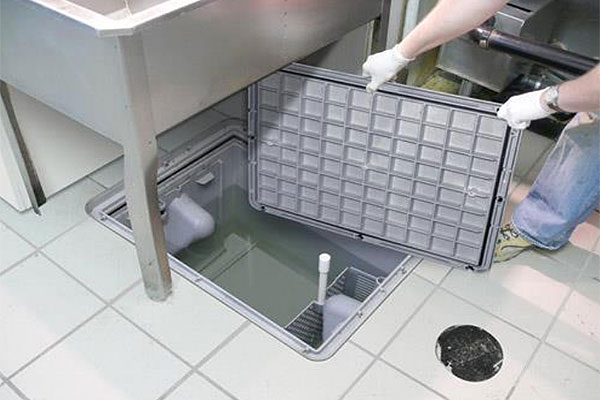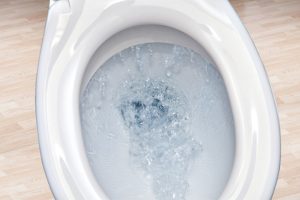“There are two major types of grease interceptor, the first being a hydromechanical grease interceptor, which is a small device that is typically installed inside of a kitchen, usually under a sink, on the ground, or under the floor. These interceptors are typically around 20-500 gallons, which does not always provide enough time for the grease to cool and float to the top. If the grease is not sufficiently cooled, it will pass through and enter the sewer system where it will eventually solidify in the pipes and cause backups.
The second is a gravity grease interceptor, which is a large device that is typically located outdoors and designed to capture oil and grease from wastewater before it gets to the public sewers. They have a much larger capacity and contain several compartments where the grease cools and congeals. Therefore, dishwashers and pre-wash sinks may be connected to them. Gravity grease interceptor volumes must be in the range of 1,000 gallons to 3,000
gallons in order to be in compliance with the FOG Ordinance.”
Read more about grease trap devices and local laws here.
The link to the document above is an excellent detailed explanation of the grease trap process. While this PDF was specifically written for commercial businesses in the Rochester, MN area, the information contained holds true regardless of location. It also shows various pictures of the devices and the cleaning process.
Only professionals should conduct grease trap pumping and cleaning. DC Annis Sewer offers a variety of commercial drain cleaning services – call (612) 861-6425 to set up an appointment.






